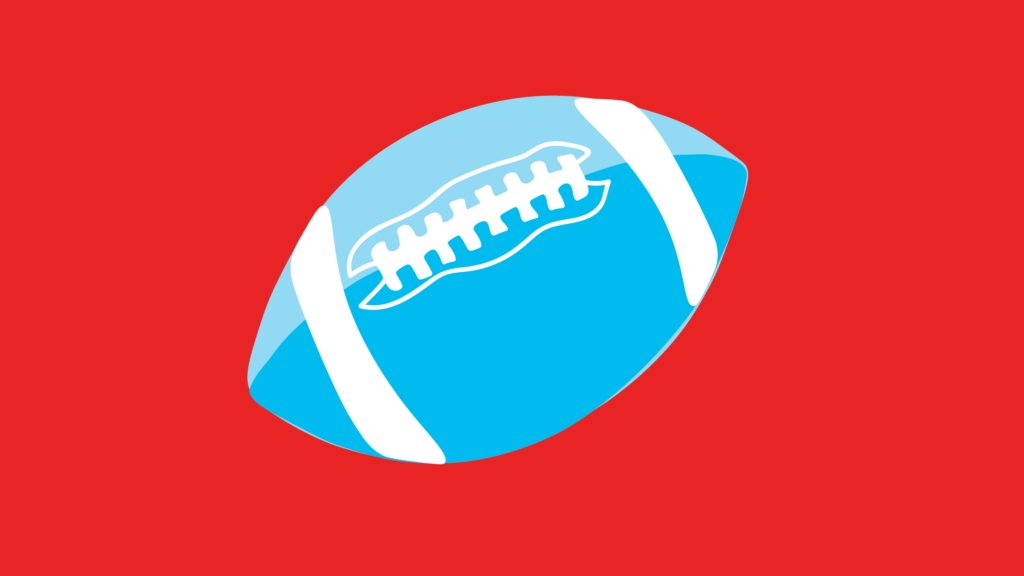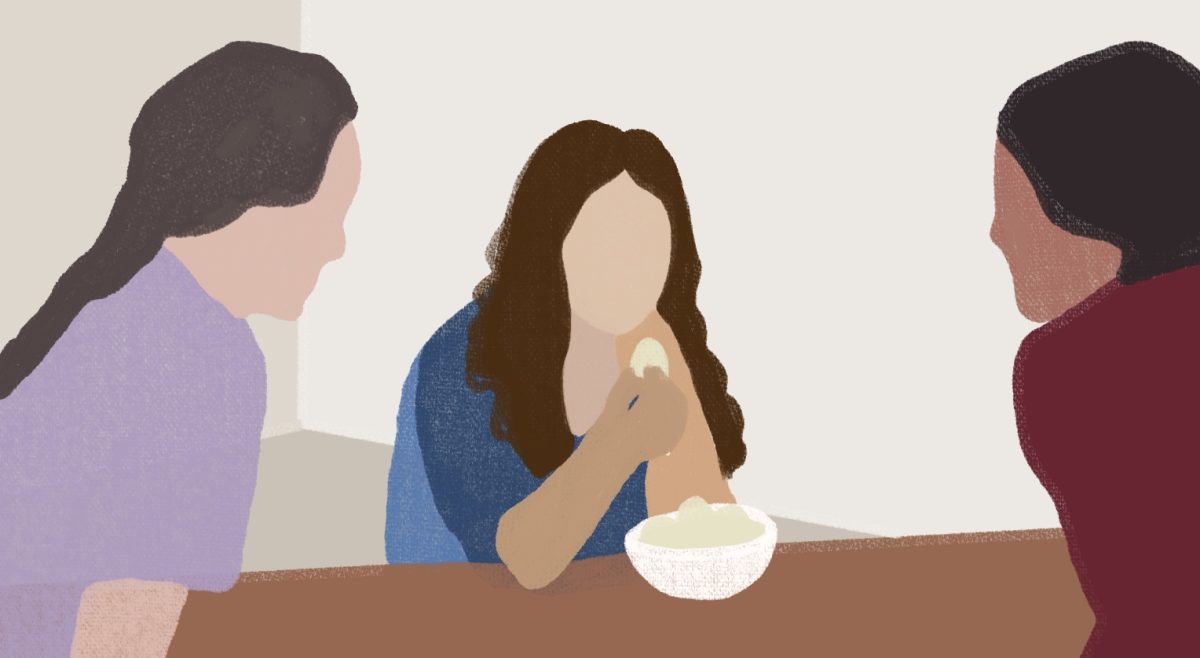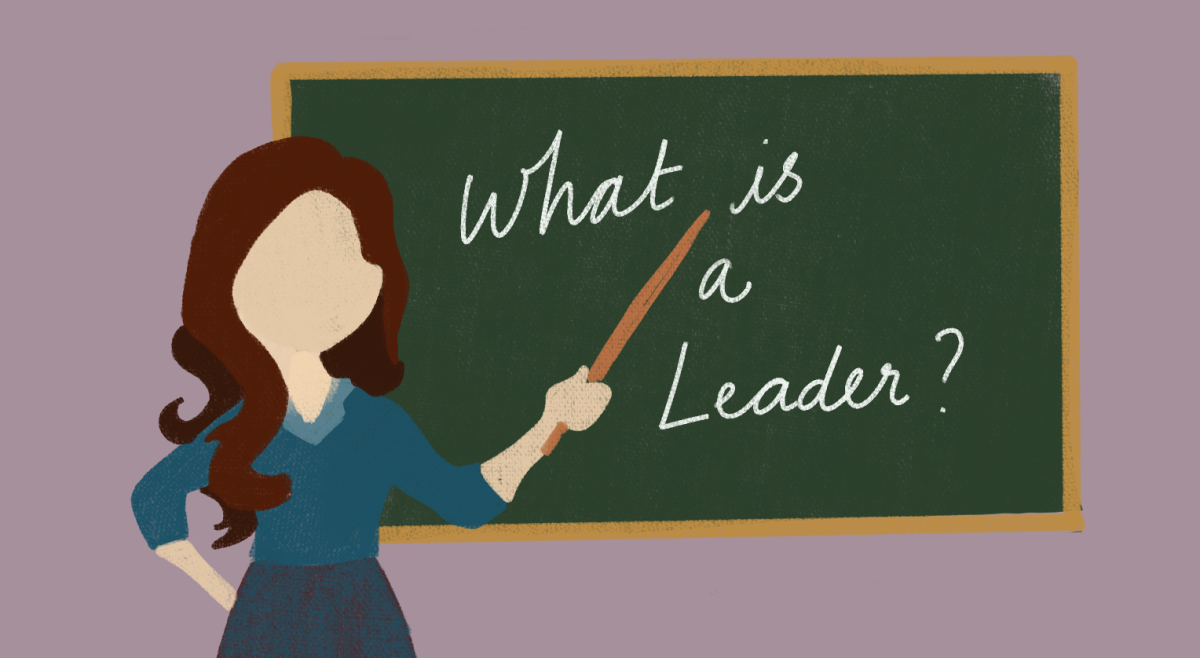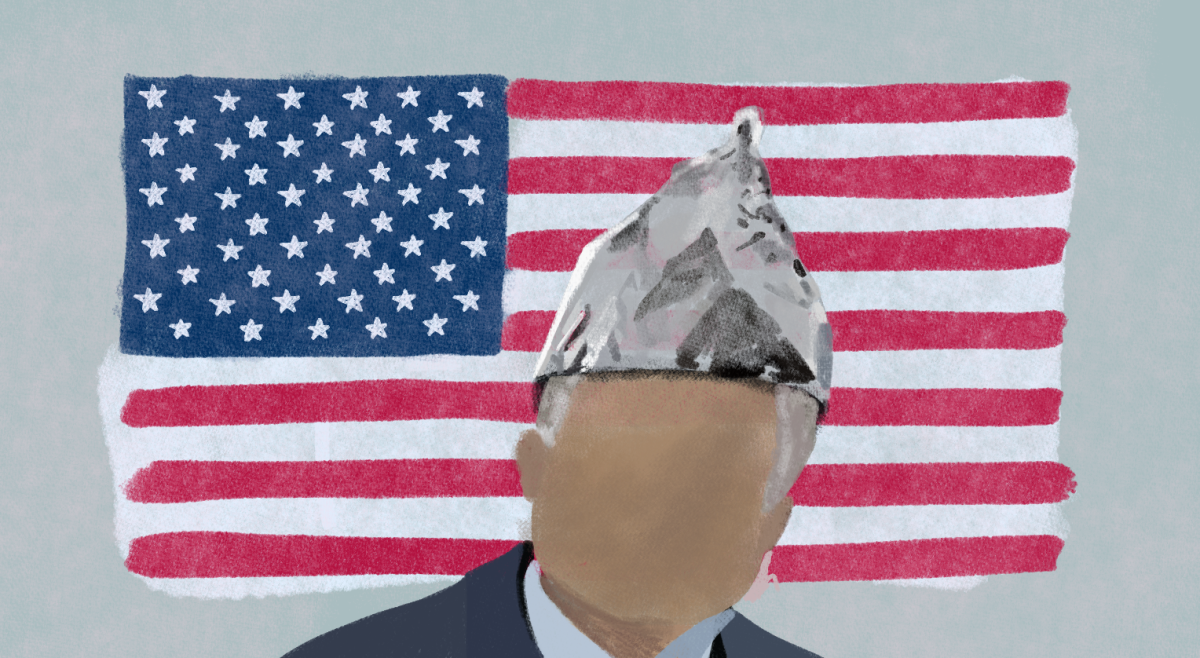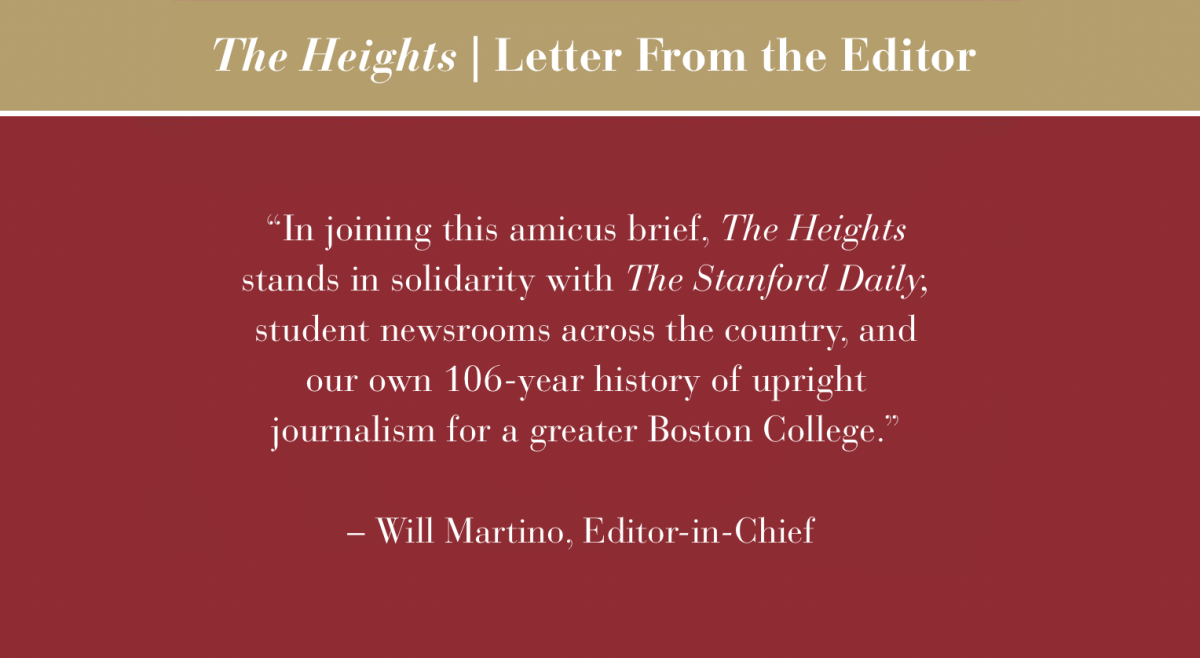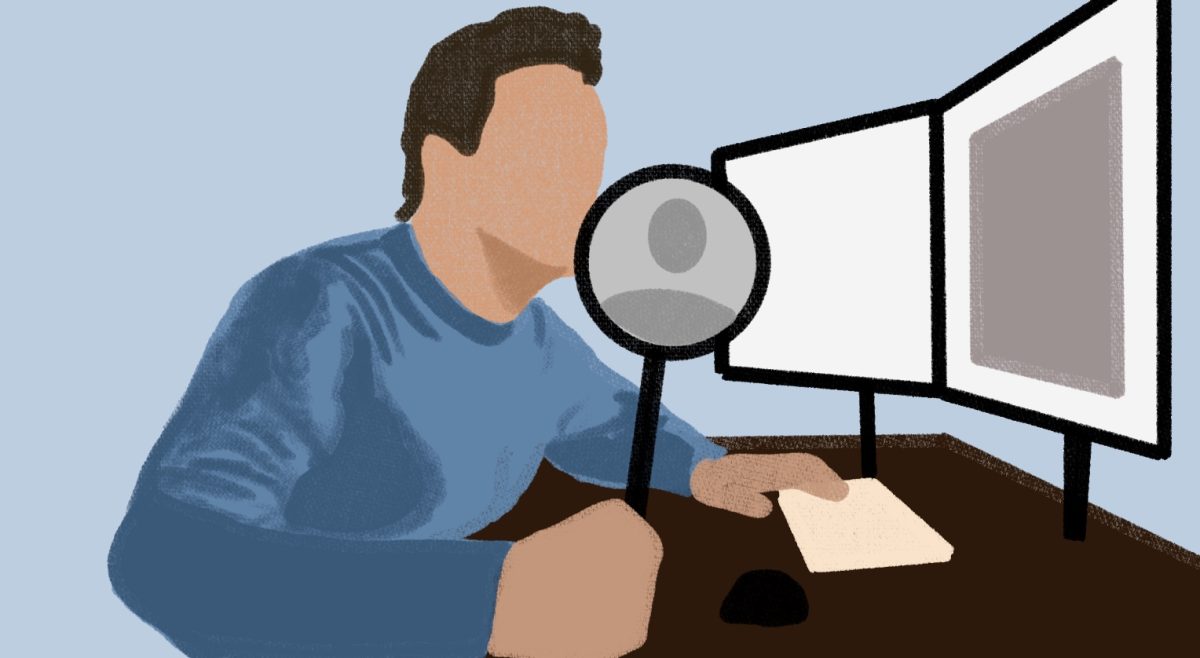I hear the neverending roar of 70,000 cheering fans echoing through both my eardrums and the stadium. I stand on the bleachers, wearing a Boston College V-neck, my face plastered with eagle stickers and maroon and gold glitter. I’m anticipating the brutal conflict of BC modern-day gladiators as they fight for victory. I scream at the top of my lungs, “For Boston, For Boston, We Sing Our Proud Refrain!” as I watch the players on the field, the looks of happiness and smiles slowly fade and are replaced with looks of anguish and anxiety.
Fast-forward to the third quarter. BC is down by 20, and I decide I’m tired and I have a paper to write. It’s time to go. On the field, I see the freshman football player who lives in my dorm. Unfortunately, he must stay and deal with the double-digit deficit, the booing in the stands, and then the load of work that awaits him back at his dorm, all while running on four hours of sleep. This is the life of a college athlete—having to balance the ardent eyes of the fans in the stands, the University, and recruiters. The pressure doesn’t stop there. Athletes still have a full class schedule with homework, deadlines, and papers at a college that breeds thoroughbreds.
After the game, I have so many questions. Are athletes exploited? Do they get an education? Should they be paid? I researched the NCAA. Based on what I found, I’ve come to understand that they are an institution or a company, whichever you would like to call them, that function not primarily in the athletes’ interest but in their own.
Athletes receive only a scholarship for the hard work they put in. When you think about the issue of paying athletes in terms of how much athletes give and what they get, it becomes much simpler. They are given four years of free education, which at BC is worth approximately $280,000. This is no small figure, as many students and parents know too well. The NCAA, however, has had a history of using athletes’ likeness for economic profit. Last year, the NCAA made more than a billion dollars in revenue from college sports. It essentially has ownership over the players during their student careers.
It may be difficult to understand from just being a fan in the stands, but consider yourself in an athletes’ shoes. You wake up everyday at 5 A.M., go to practice, then go to classes, have more practice, have tutoring, do homework, and go to bed. Student athletes work more hours a week than most jobs require or allow. We may call them student athletes because universities say that they are students first, but in reality they are not primarily here to get an education. They are here to play a sport that gives them nothing. They bring in revenue from fans in the stadium, the donors, and the merchandise in the bookstores. All they get is a education they don’t even have the time to utilize.
In the words of Nike, “Talk is cheap.” With all the revenue these athletes are making, BC needs to start paying them what they are worth. Next time when you’re in the stands wearing your Eagles attire, respect the amount of work college athletes put in. You can leave after “Mr. Brightside.” They cannot.

